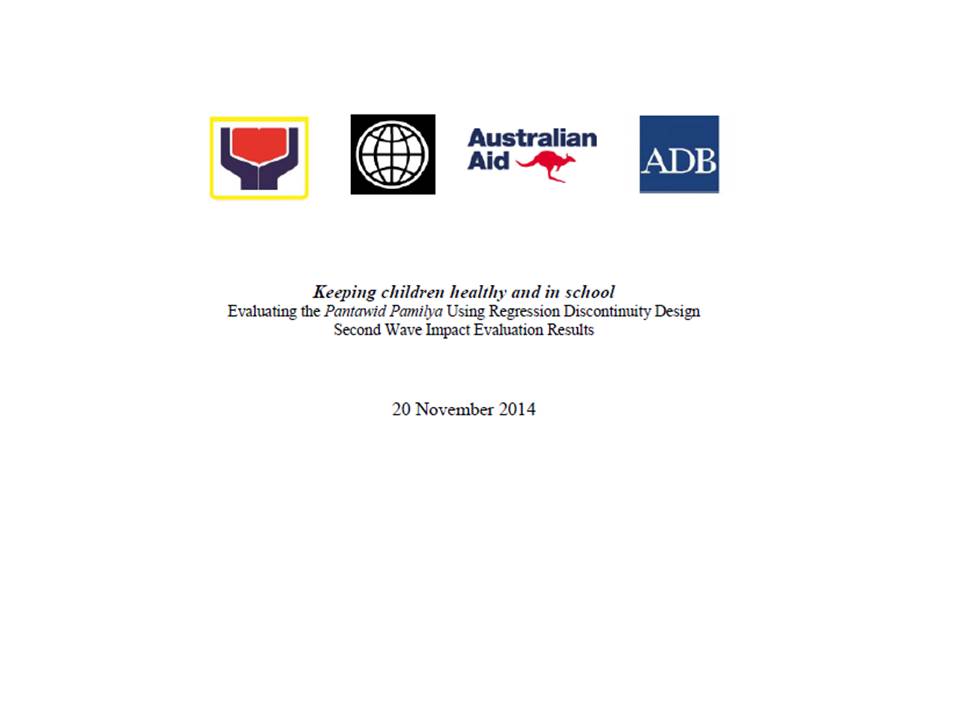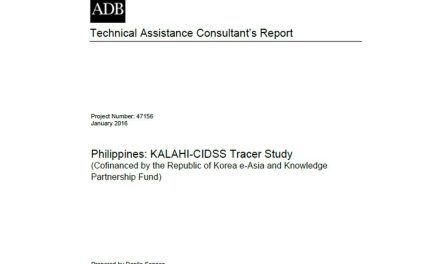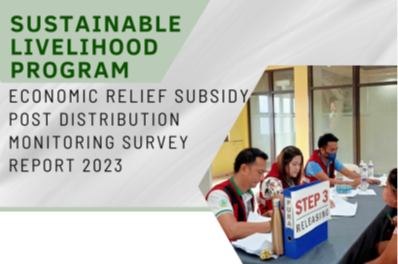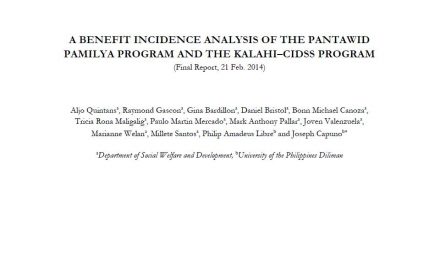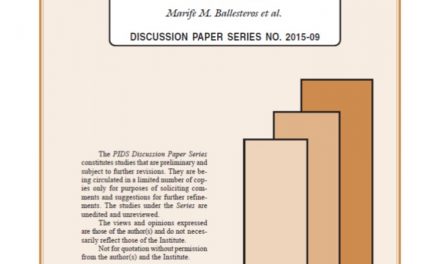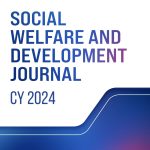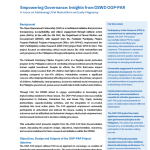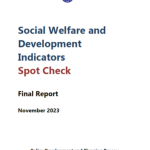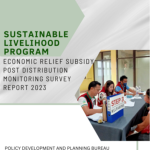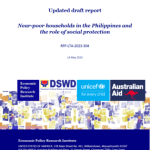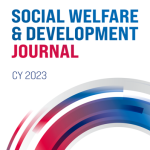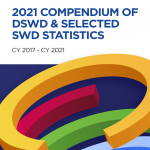Evaluating the Pantawid Pamilya Using Regression Discontinuity Design (Second Wave Impact Evaluation Results)
The first round of impact evaluation of the Pantawid Pamilya program was conducted using a randomized control trial design. Eligible households in the control villages were incorporated into the program 18 months after the households in treatment villages received the cash transfers. Because of this and the continuous expansion of the program as designed, it was not feasible to maintain a randomly assigned counterfactual group. Thus, the second wave of evaluation used regression discontinuity design (RDD) as an alternative approach. RDD compares observations (e.g., households) that are very close to a pre-identified cutoff (e.g., the poverty threshold). Households just below (poor and eligible) and just above (near-poor and not eligible) the poverty threshold should have similar characteristics.
